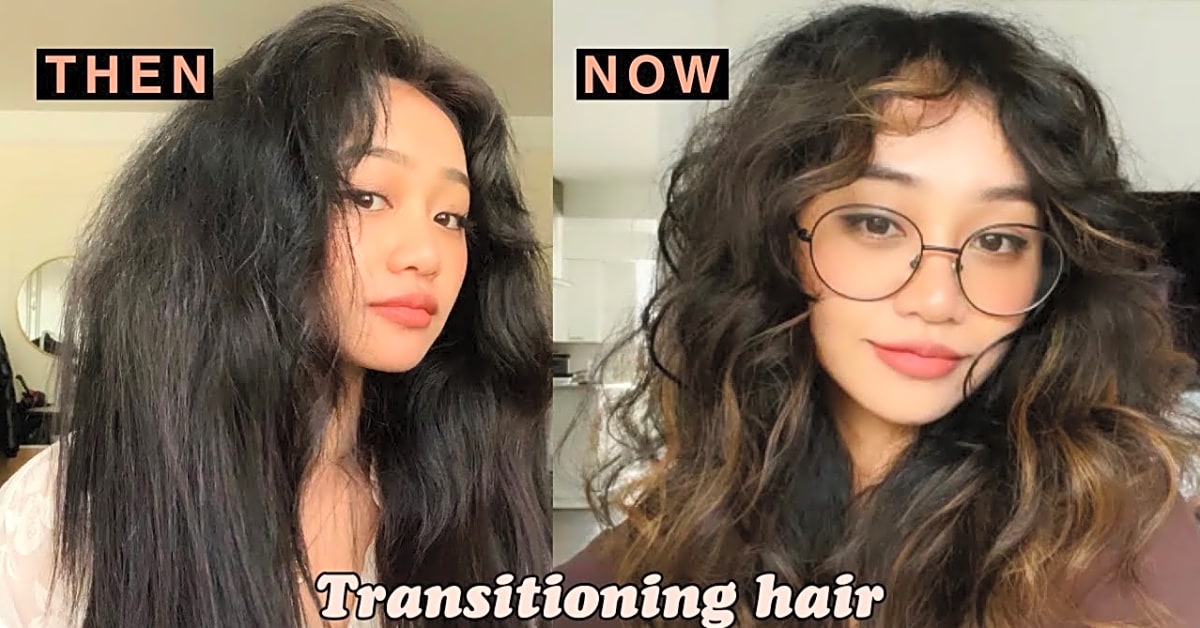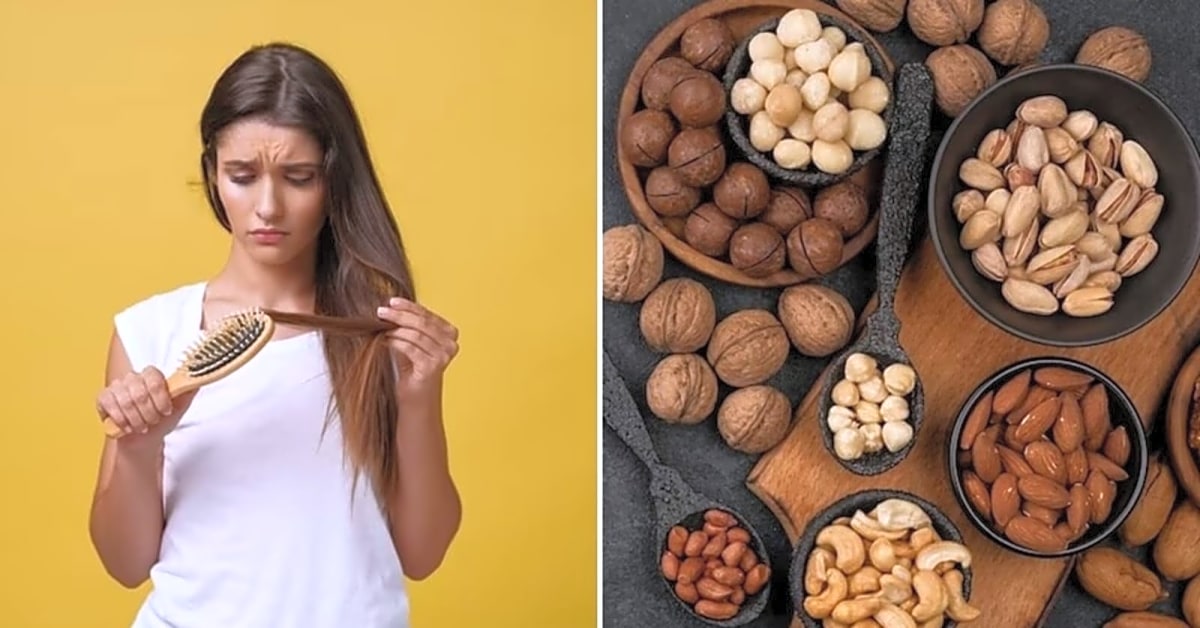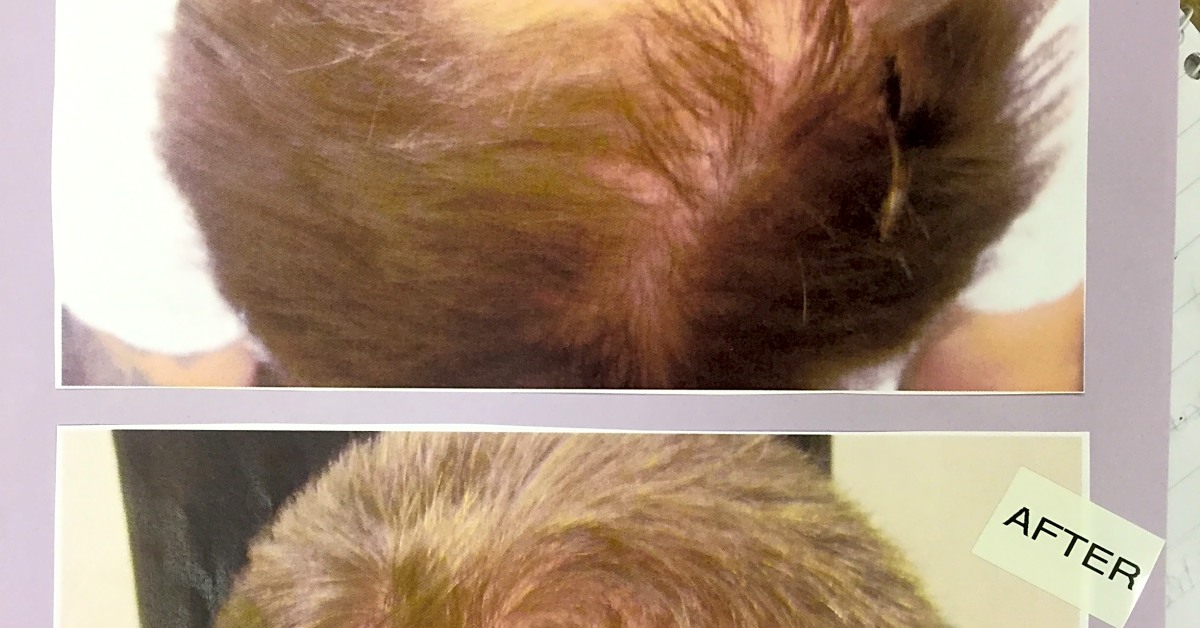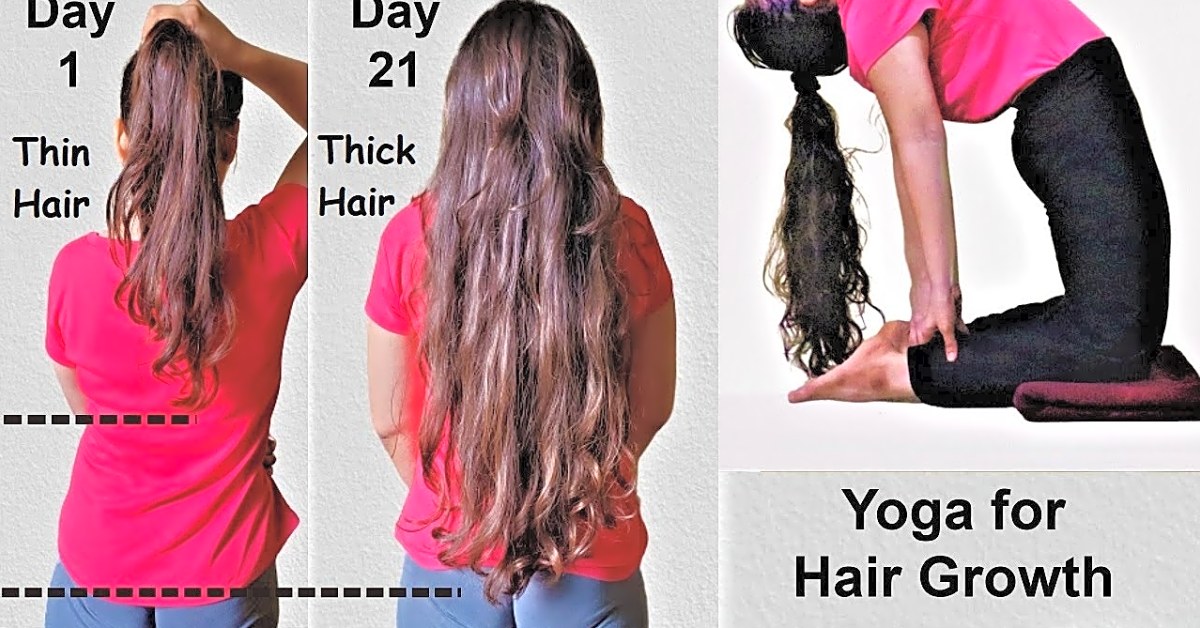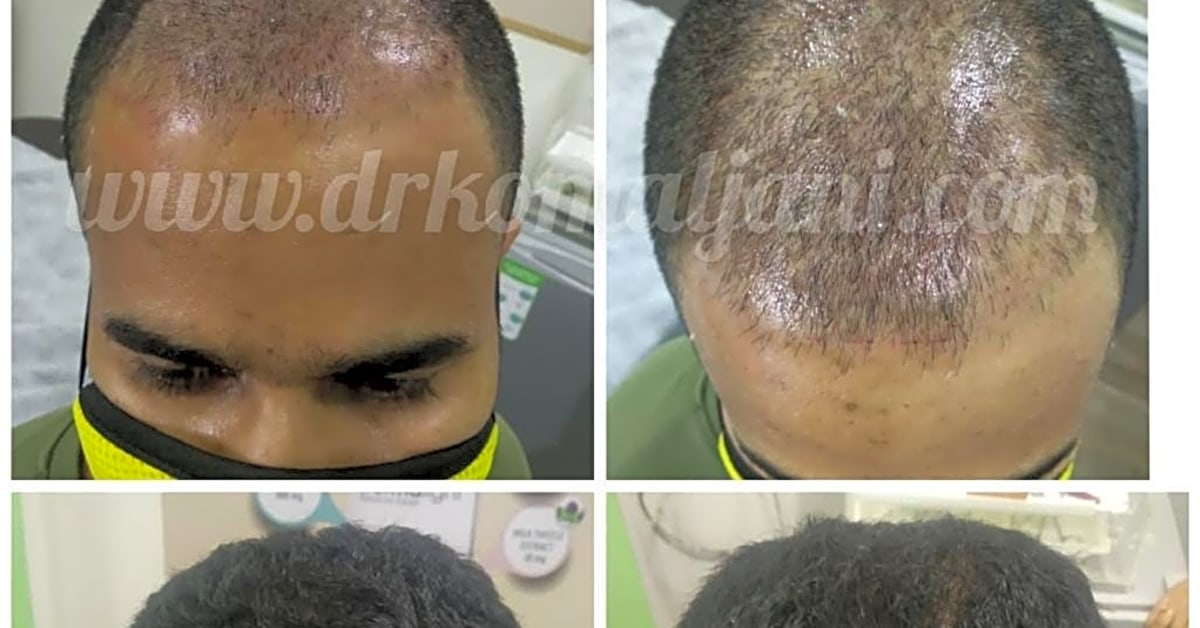Wavy hair is a beautiful and unique hair type that requires special care to maintain its natural texture and bounce. Many people struggle with managing their wavy locks, but with the right techniques and products, you can easily achieve healthy and beautiful wavy hair. In this article, we will dive into the specific needs of wavy hair and provide you with essential tips on how to properly care for it. Whether you have naturally wavy hair or have recently embraced your waves, this article is perfect for you. So sit back, relax, and get ready to learn all about wavy hair and how to keep it looking its best.
Wavy hair is a popular hair type that is characterized by its loose, S-shaped waves. It falls somewhere between straight and curly hair, and can be found in a variety of textures from fine to coarse. While wavy hair can be a beautiful and unique feature, it also comes with its own set of challenges when it comes to care and maintenance.
One of the main differences between wavy hair and other hair types is its tendency to become frizzy. The natural texture of wavy hair makes it more prone to frizz, especially in humid environments. This is because wavy hair has a more open cuticle, which allows moisture to enter and cause frizz. This is why it’s important to use products specifically designed for wavy hair, which will help to control frizz and define your waves.
Another characteristic of wavy hair is its tendency to be more dry and prone to damage. This is due to the shape of the hair strand, which makes it harder for natural oils to travel down the hair shaft. As a result, wavy hair can easily become brittle and prone to breakage. It’s important to choose products that will hydrate and nourish your waves, such as moisturizing shampoos and conditioners.
When it comes to washing wavy hair, it’s important to find a balance between cleansing and not stripping the hair of its natural oils. This means avoiding harsh sulfates and opting for gentler cleansers. It’s also recommended to wash wavy hair every 2-3 days, as over-washing can strip the hair of its natural oils and lead to dryness.
When conditioning wavy hair, focus on the mid-lengths to ends of the hair, as these are the areas that tend to be drier. Use a wide-tooth comb to detangle the hair while the conditioner is still in, as this will help to distribute the product evenly and prevent breakage. For added hydration, you can also use a leave-in conditioner or hair oil.
Styling wavy hair can be a bit of a challenge, but there are some tips and tricks that can help. First, avoid brushing your hair when it’s dry, as this can disturb the natural wave pattern and lead to frizz. Instead, use a wide-tooth comb or your fingers to detangle and style. You can also scrunch your hair while it’s damp to enhance your natural waves.
Heat styling and coloring can also cause damage to wavy hair. If you do choose to use heat tools, make sure to use a heat protectant beforehand. It’s also important to give your hair a break from heat styling every now and then, and opt for heatless styles instead. When it comes to coloring, avoid harsh chemicals and opt for more gentle options like semi-permanent dyes.
For those with wavy hair, dandruff can also be a common issue. This is often caused by an overproduction of oil on the scalp, which leads to flaking and itching. To combat dandruff, use an anti-dandruff shampoo and make sure to thoroughly rinse out all product from your hair.
In addition to external care, a healthy diet and lifestyle can also play a role in promoting hair growth and overall hair health. Make sure to include plenty of protein, healthy fats, and vitamins in your diet, as these are essential for strong and healthy hair. Additionally, reducing stress levels and getting enough sleep can also contribute to healthier hair.
In conclusion, wavy hair may require some extra care and attention, but with the right techniques and products, it can be easily managed. Remember to focus on hydrating and nourishing your waves, while also avoiding harsh chemicals and heat styling. And don’t forget the importance of a healthy diet and lifestyle in promoting hair growth and overall hair health. With these tips, you’ll be able to care for your wavy hair like a pro!
Promoting Hair Growth
Apart from using the right hair products, diet and lifestyle also play a crucial role in promoting hair growth for wavy hair. A balanced diet rich in protein, vitamins, and minerals is essential for maintaining healthy hair. Foods like fish, eggs, nuts, and leafy greens are great sources of protein and iron, which are important for hair growth. Additionally, incorporating biotin-rich foods like avocados and sweet potatoes can also help improve hair strength and growth.
In terms of lifestyle, managing stress levels and getting enough sleep are important for maintaining overall hair health. Stress can lead to hair loss and thinning, so finding ways to relax and destress is crucial. Regular exercise can also improve blood circulation, which can promote hair growth.
Solutions for Common Issues
Wavy hair can be prone to damage, especially if it is regularly heat styled or chemically treated. To address this issue, it’s important to use products specifically designed for wavy hair, such as sulfate-free shampoos and deep conditioning treatments. These products will help to nourish and strengthen your hair, reducing the risk of breakage and split ends.
Dandruff is another common issue that can affect wavy hair. This condition occurs when the scalp becomes dry and flaky, leading to itching and irritation. To combat dandruff, try using a gentle clarifying shampoo to remove buildup from the scalp, followed by a moisturizing conditioner to soothe and hydrate the scalp. You can also incorporate a scalp treatment or oil into your routine to further combat dandruff and promote a healthy scalp.
Thinning hair is a concern for many people with wavy hair, as the texture can make hair look less full. To address this issue, try incorporating hair growth-promoting products into your routine, such as biotin supplements or scalp stimulating oils. Additionally, using a wide-tooth comb or your fingers to detangle and style your hair can help prevent unnecessary pulling and breakage, promoting overall hair health and fullness.
Understanding Wavy Hair
Wavy hair is a unique hair type that is often misunderstood. It falls somewhere between straight and curly hair, with a noticeable S-shape pattern. Unlike straight hair, wavy hair has more volume and texture. However, it is not as tightly coiled as curly hair.
One of the main differences between wavy hair and other hair types is the shape of the hair follicle. The follicle of wavy hair is oval-shaped, while straight hair has a round follicle and curly hair has a flat follicle. This shape affects the way the hair grows and how it looks.
Another characteristic of wavy hair is its tendency to become frizzy and dry. This is because the natural oils produced by the scalp have a harder time traveling down the S-shaped strands, leading to less moisture and more frizz. This is why proper care and maintenance are crucial for keeping wavy hair healthy and manageable.
Understanding your wavy hair is the first step towards finding the right products and techniques to care for it. By recognizing its unique characteristics, you can tailor your hair care routine to suit its specific needs, resulting in beautiful, healthy wavy locks.
Caring for Wavy Hair
Wavy hair can be both a blessing and a curse. While it adds volume and texture, it can also be difficult to manage. To keep your wavy locks looking their best, it’s important to pay special attention to your washing, conditioning, and styling routine.
Washing: When it comes to washing wavy hair, less is often more. Over-washing can strip the hair of its natural oils, leading to dryness and frizz. Aim to wash your hair no more than 2-3 times a week, or even less if your hair is on the drier side. Be sure to use a sulfate-free shampoo that won’t strip your hair of its natural oils.
Conditioning: Conditioning is essential for wavy hair, as it helps to hydrate and nourish the strands. Look for a conditioner that is specifically designed for wavy or curly hair, as these formulas tend to be more moisturizing. Avoid applying conditioner directly to your roots, as this can weigh down your hair and make it look greasy.
Styling: When styling wavy hair, the key is to enhance your natural texture rather than trying to fight against it. Use a wide-toothed comb or your fingers to detangle your hair after washing, and then apply a leave-in conditioner or styling cream to help define your waves. You can also try diffusing your hair with a blow dryer on a low heat setting to enhance your waves without causing frizz.
Wavy hair may require some extra care and attention, but with the right techniques and products, you can achieve beautiful, healthy locks. Remember to listen to your hair and adjust your routine as needed. By following the tips in this article, you’ll be on your way to gorgeous wavy hair that you’ll love showing off!

